As concerns about sustainable farming practices and ingredient nutrition grow, artisanal Italian food producer Seggiano launches a new low gluten index ancient grain pasta, made using a nutritious wheat variety which is over 10,000 years old
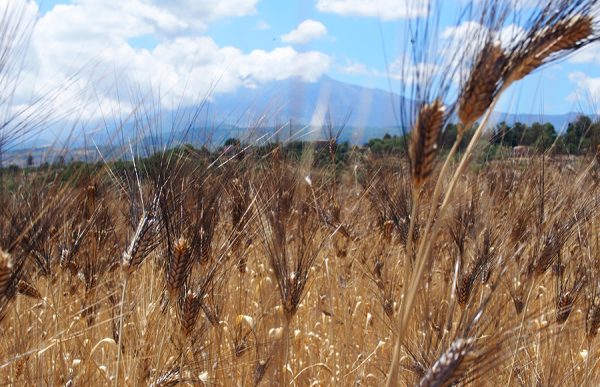
Coeliacs and those with gluten-associated digestive issues are estimated to make up the 10% of the UK population following a gluten-free diet and the market is estimated to grow by 12% in the UK by 2028.
In addition to the easier digestibility of low gluten index ancient grain, there is also evidence that ancient grains are a more resilient crop, gaining popularity with farmers for their drought tolerance, high nutrient value and consistent flavour.
With big brands like Kellogg’s, Quaker Oats and Kraft Heinz Co. investing in product lines using ancient grains, these varieties are set to stay on our shelves.
Building on this consumer appetite for less processed, more digestible low gluten index products and the growing interest in ancient grains, Italian food specialists Seggiano together with their partner A. Barbagallo Di Mauro, is launching three varieties of Organic Ancient Grain Wholewheat Pasta, made using low gluten index grain.
The ancient grain pasta range will include spaghetti, lumaconi and orzo varieties. Slow and simple production methods, a lack of preservatives and pesticides and top-quality ancient grains are all key ingredients in their recipe for success.
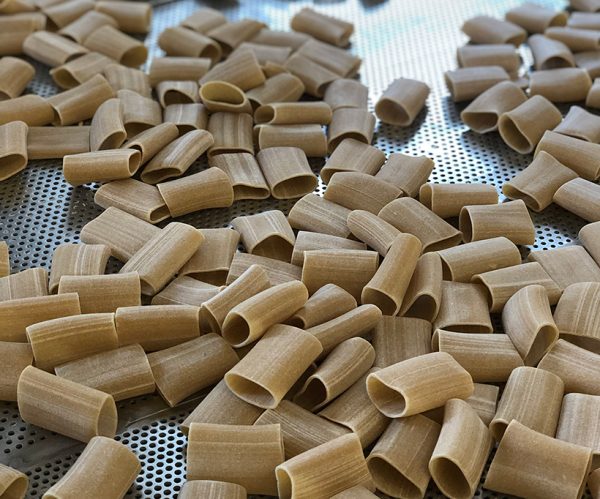
Ancient grains vs modern wheat
“Ancient grains” is a term used to describe a category of grains which have been minimally altered through selective breeding or genetic modification over thousands of years, as opposed to more familiar modern varieties.
These ancient grains, including the ancient grain durum wheat used to make Seggiano’s latest product range, are high in protein, fibre, folic acid and essential vitamins.
They are also absorbed into the body more slowly due to their high fibre content, helping to curb dramatic blood sugar spikes and drops, which may leave consumers feeling hungry or even faint.
A higher level of dietary fibre helps those eating it to feel fuller for longer and plays a key role in maintaining a healthy digestive system.
The glycaemic index of pasta made from ancient grain durum wheat is significantly lower than those made from regular wheat.
The glycaemic index (GI) refers to the rating system for foods containing carbohydrates and how quickly it affects your blood sugar levels when eaten on its own.
Eating foods with low GI ratings can help to control blood glucose and as such, can be useful for people suffering from type 2 diabetes.
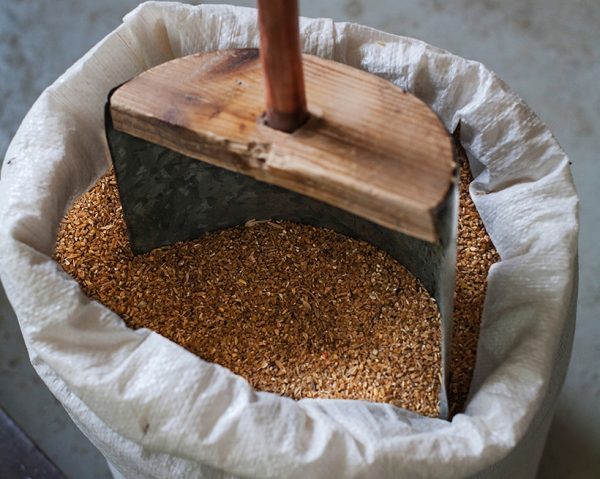
Cultivating climate-friendly crops
Ancient grains don’t just benefit our bodies, they’re also vital for preserving biodiversity and the fertility of the soil through oxidisation.
More adaptive than its modern counterparts, ancient grains, are particularly versatile breeds that grow well in a variety of climates and weather conditions.
Scientists estimate that over time humankind has cultivated around 6000 different plant species in total.
However, our preference for favouring varieties with larger crop yields has resulted in a reliance on a much smaller number of crop breeds, making harvests more vulnerable to disease and changing climates. Rice, wheat and corn now provide nearly half of the world’s calories.
Branching out into older grain and wheat breeds and diverging from a monoculture approach to farming offers an opportunity to discover nutritious produce that can also withstand the adverse effects of global warming.
Sicily, home of Seggiano’s artisan producer and partner A. Barbagallo Di Mauro, has a rich history of farming ancient grains stretching all the way back to the time of the Roman empire, with a huge 52 of the 72 varieties of ancient durum wheat emanating from the Italian island.
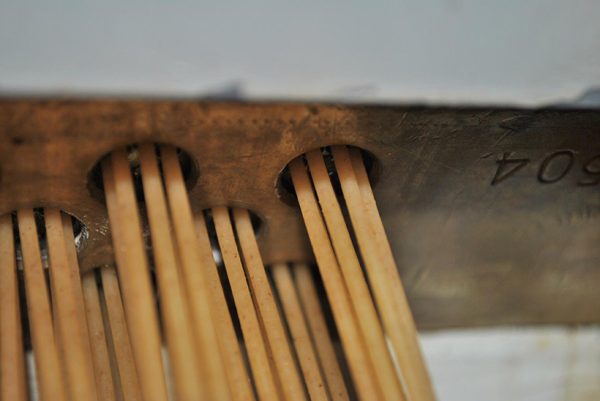
Weaker gluten to support easy digestion
More and more people in the UK are looking for ways to support their gut microbiome and in turn the immune system, and as a result, many consumers are looking for ways to lower their intake of foods that are harder to digest, such as gluten.
Gluten can be a trigger for many digestive issues such as bloating and diarrhoea, even in those who don’t suffer from coeliac disease.
Certain features of gluten make it a more likely culprit than other proteins in inducing an immune response, namely that our digestive enzymes struggle to break it down.
The advantage of using ancient grains lies in their weaker gluten bonds. Low gluten index pasta has fewer gluten bond and they are weaker than those found in conventional modern wheat, which, studies have show, are more easily digestible and simpler for the body to break down.
This is beneficial for those suffering from gluten intolerances and digestive conditions such as IBS.
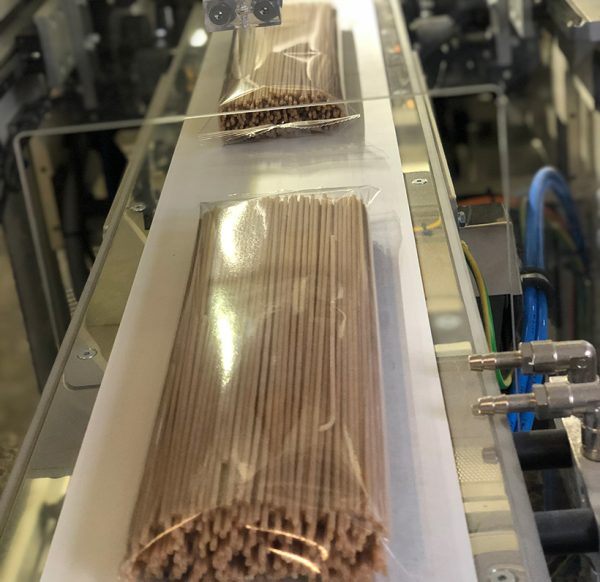
Ancient grain pasta with no pesticides or preservatives
These older, unchanged varieties of wheat and grains grow well without pesticides and don’t need irrigation, as a result of the height of the grain (over 5 foot) which doesn’t give weeds a chance.
This demonstrates that ancient, unmodified plant varieties don’t require herbicides, making it easier to grow organic produce with no chemical intervention, which has benefits for consumers and the environment alike.
Some of the more severe issues associated with gut health and gluten may be due in part to the over-processed nature of modern food products and the additives and preservatives used. This is something which Seggiano and its suppliers counter through using quality organic ingredients, traditional production methods and a lack of modern-day additives.
Seggiano’s new ancient grain, low gluten index pasta doesn’t contain any emulsifiers, binding agents or preservatives that could increase the chances of hypersensitivity or allergies. One study has even found that common emulsifiers often found in bread and other baked goods may promote inflammation and affect the relationship between the immune system and the gut microbiome.
Seggiano has experimented with a variety of gluten-free ancient grains including buckwheat, teff and quinoa and other legume alternatives such as red lentil and green pea. Their new low gluten index spaghetti, lumaconi and orzo pastas will be available from the Seggiano website in early June.
For more deliciously authentic Italian offerings, browse Seggiano’s gluten-free products online.
Want more tasty Italian treats? Visit our food archives
All images supplied by Seggiano
